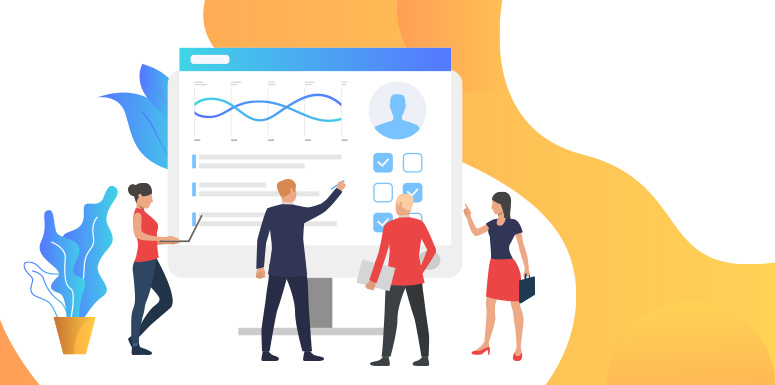- Members 11411
- Blogs 11

The Development Plan changes in SumTotal 19.3 are relatively minor, but reviewing them today reminded us how SumTotal is making investments in the user experience and usefulness of its enterprise software.
Other than user interface improvements in the Development Plan, the changes are about interoperability. Here, it’s about how Talent Management and Learning Management work together to support and encourage lifelong learning.
- Users can now add Training Plans mapped to jobs in Career Path to their Development Plan, adding a new dimension to individual career development.
- Administrators can map a proficiency gap in Talent to a learning activity expertise level. This change enables the Development Wizard to generate recommended activities in Learn to address competency gaps for individual users.
- The Development Wizard now has options to enable competency self-assessment and manager assessment, improving the process for identifying strengths and proficiency gaps.
The backbone of these activities is your competency structure, but your competencies inform much more than employee development. If you’re maintaining your competency libraries and updating them as current and future skill needs change, they drive.
- The skills you recruit in your talent acquisition platform.
- The assessments you use to determine the potential for advancement.
- Performance and feedback functions, including 360 reviews,
- Compensation framework, and practices.
- Succession planning and career pathing activities, and
- Workforce planning, including strategies for addressing skill gaps.
HR teams have been telling us for two decades they need unified software platforms for managing all their functions, and technology providers have responded, but with mixed success.
The Promise of the Cloud
One promise of HR’s migration to the cloud was to provide a more integrated suite of tools, and vendors approached that demand in a variety of ways.
Starting in the late 90s and earlier, startups began springing up to provide single-function platforms such as learning or performance management. They attempted to broaden their appeal, often by partnering with other startups. For example, in the early 2000s, we integrated performance management in Success Factors with the SumTotal LMS. The partnerships often lasted only long enough for each company to develop a solution to replace the partnership.
These companies expanded their offerings beyond their core capability, but the results were not as good as those companies that specialized, but they were a lot less costly and easier to implement than the tools provided by major ERP vendors. It was about this time that that the debate between “unified systems” and “best-of-breed” proponents arose.
Toward the end of that decade, Workday launched its unified Finance and HR platform, sparking ERP vendors to acquire cloud HR platforms to cobble together centralized systems, with varying degrees of success. Over the next few years, payroll vendors and LMS providers (like SumTotal) developed unified HR platforms.
Continue reading...
